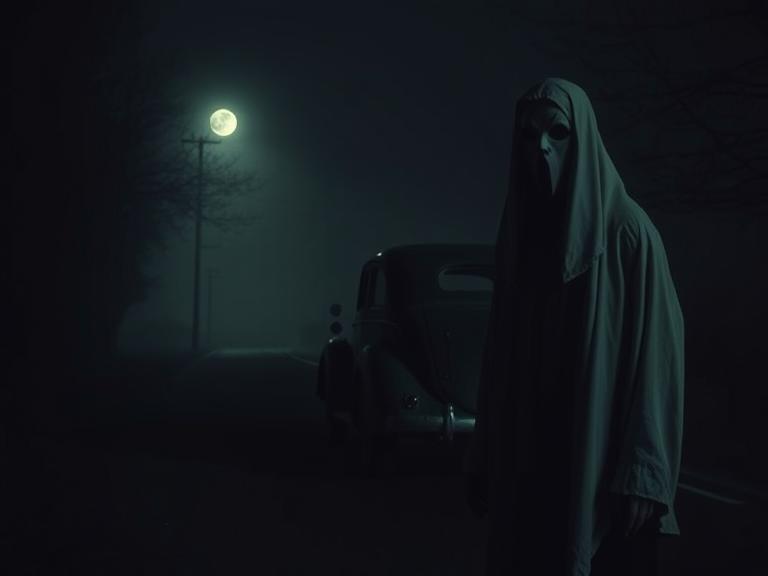He killed, vanished, and then—years later—killed again. For decades, the streets of South Los Angeles were haunted by a shadow no one could name. He preyed on vulnerable women. He left their bodies in alleys and dumpsters. And then, just as suddenly as he started, he stopped.
Or so it seemed.
He would later be known as the Grim Sleeper—a name given to him because of the chilling 14-year “gap” in his murders. But in truth, Lonnie David Franklin Jr. never really stopped.
The First Wave of Murders
Between 1985 and 1988, at least seven women—all Black, all vulnerable—were found murdered in South Central Los Angeles. They had been sexually assaulted, shot with a small-caliber pistol, and dumped like garbage.
The victims were often written off as sex workers or addicts. Media coverage was limited. Community outrage was ignored.
The killer hunted in silence. And police barely acknowledged a serial predator was operating in their backyard.
The Sleep
Then, in 1988, the killings abruptly stopped. No new bodies were linked to the case. No suspects emerged. Years passed. Then decades.
The press dubbed the killer the “Grim Sleeper” due to the presumed hiatus from 1988 to 2002. But investigators now believe he may have never stopped at all—he just changed his methods, his disposal sites, or targeted victims less likely to be reported missing.
The Return
In 2002, the body of Princess Berthomieux, a 15-year-old girl, was found strangled and dumped—eerily similar to the early victims. In 2007, another woman, Janecia Peters, was found dead in a trash bag.
This time, DNA evidence was collected and entered into a growing database. In 2010, a familial DNA match finally led police to Lonnie David Franklin Jr.—a 57-year-old mechanic living in South L.A.
His DNA was matched to semen found on multiple victims. He had a prior record, lived near the dump sites, and had a chilling collection of trophies.
The Photos
When police searched Franklin’s home, they found a hidden horror. Over 1,000 photographs and hundreds of hours of video footage—many of women in vulnerable or unconscious states—were discovered.
Many of these women have still never been identified.
The images were taken over decades, spanning the “sleep” years. Police now believe that Franklin was never dormant. He was just better at hiding the bodies.
Trial and Conviction
In 2016, Franklin was convicted of 10 counts of murder and 1 count of attempted murder.
Prosecutors called him a “predator who stalked the weak,” and the jury agreed. He was sentenced to death and placed on death row at San Quentin.
He died in 2020 at the age of 67—before he could reveal how many victims he truly claimed.
The Victims Forgotten
Franklin’s case exposed a painful truth: Black women, particularly those perceived as “marginalized,” are often ignored by media and law enforcement—even when a serial killer is targeting them.
Had the victims looked different—or lived in a different zip code—he may have been caught much sooner.
The Grim Sleeper wasn’t just a serial killer—he was a reflection of society’s blind spots. His decades-long ability to evade capture wasn’t due to brilliance, but to apathy.
He hunted in plain sight.
He was never truly asleep.
And his silence wasn’t peace—it was patience.
For more cases like this, explore our archive. SinisterArchive.com—where the legends are real.




